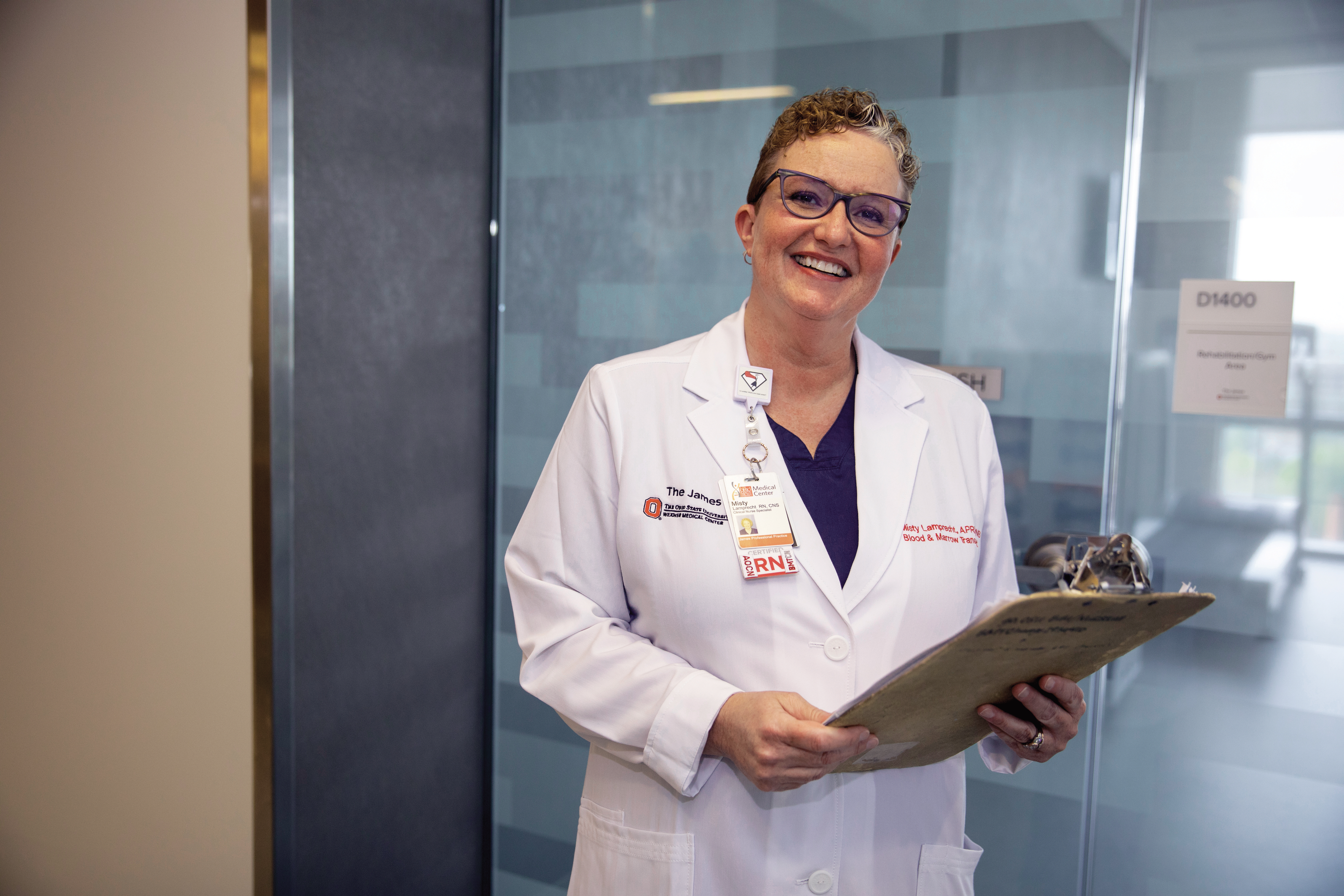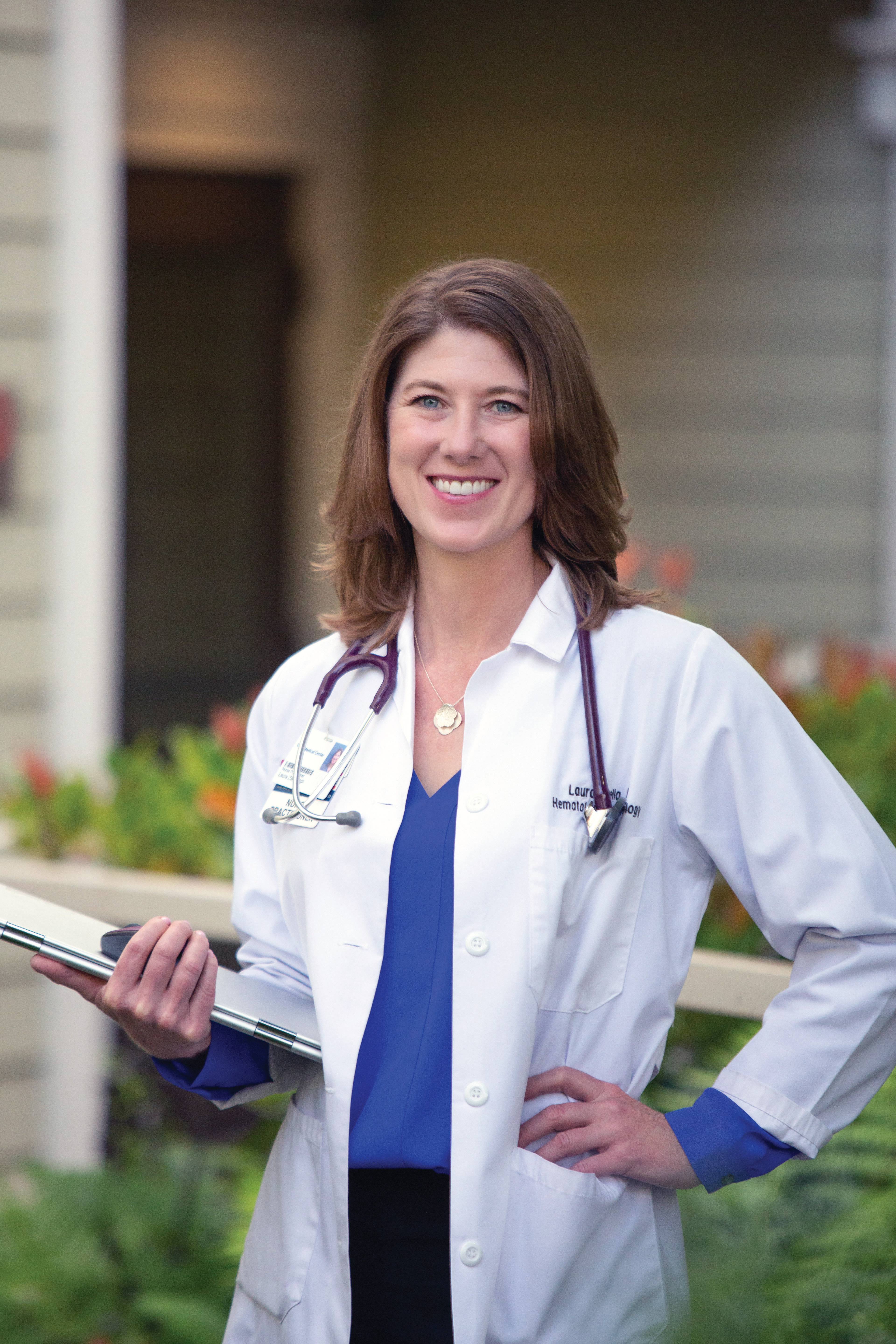Novel Therapies: How CAR T Cells and Biosimilars Are Changing Cancer Care
Clinical practice is in a constant state of evolution as new guidelines are released, drugs are approved for new indications, and technology reshapes the way care is delivered.
Patients are also arming themselves with a more-advanced-than-ever knowledge and understanding of health care, and providers may be fielding new questions from patients and caregivers about novel treatments such as chimeric antigen receptor (CAR) T-cell therapy and biosimilars.
Because oncology nurses forge deep relationships with patients, their families, and caregivers, they’re in the excellent position to educate, dispel myths, and offer guidance as patients understand the potential of novel therapies for their cancer journey. Oncology nurses are a critical resource in the discussions about emerging therapies like CAR T cells and biosimilars, and they must be ready to answer the call for their patients with cancer.

CAR T-Cell Therapy
With news coverage and online articles reporting the latest advancements in cancer treatments, CAR T-cell therapy has received its fair share of recent attention. According to ONS member Misty Lamprecht, MS, APRN-CNS, AOCN®, BMTCN®, clinical nurse specialist at the Ohio State University James Comprehensive Cancer Center in Columbus, OH, the first step for nurses is to make sure patients understand what CAR T cells are and aren’t.
“I think sometimes our patients take things very literally, so we have to explain that it’s a T cell that we’re attaching a CAR to,” Lamprecht explains. “Using genetic modification, we attach the CAR to a patient’s own T cells, and the resulting CAR T cells are a targeted killer that’s specific to a protein on the B cell’s surface. It identifies those specific cells as targets and destroys them.”
Lamprecht says that once CAR T cells are used, they begin to operate on their own, which is a characteristic that sets them apart from other immunotherapy treatments.
“If the disease is present to activate the cells, then they will expand on their own to target the disease. They carry out cell lysis independently,” Lamprecht says. “Other immunotherapies are focused on modifying the immune system to recognize and attack a disease. CAR T uses modified cells to carry out that action. It’s been described as a living drug, which is a definition that has resonated with me.”
Currently, the U.S. Food and Drug Administration (FDA) has only approved two indications for CAR T-cell therapy in practice: (a) patients younger than age 25 with acute lymphoblastic leukemia and (b) adult patients with diffuse large B-cell lymphoma. However, Lamprecht says that many clinical trials are presently underway to investigate CAR T-cell therapy for other indications.

Biosimilar Agents
Of the 18 biosimilar agents FDA has approved through March 2019 (https://www.fda.gov/Drugs/DevelopmentApprovalProcess/HowDrugsareDevelopedandApproved/ApprovalApplications/TherapeuticBiologicApplications/Biosimilars/ucm580432.htm), 11 are used for the treatment of cancer or its side effects (see sidebar). ONS member Laura Zitella, MS, RN, ACNP-BC, AOCN®, hematology/oncology nurse practitioner at the University of California, San Francisco, emphasizes the importance of understanding what biologics are, how biosimilars relate to biologic medications, and how to dispel common myths about biosimilars.
“Biologics, in general, are medications that are large complex molecules made from living cells and organisms,” Zitella says. “So it’s technically impossible to make exact copies because of the living nature of these medications. It is possible to make biologically similar products—biosimilars—that are highly similar to a reference biologic product—but not exactly the same.”
Therefore, Zitella says, providers should not think of biosimilars as generic versions of their reference drugs.
“Biosimilars are not a generic version of a reference medication—generics are copies of a drug that can be chemically reproduced exactly,” Zitella stresses. “Biosimilars and their reference drugs are both large complex molecules produced from living cells, and they share similar molecular structure and bioactivity. FDA requires that biosimilar manufacturers perform studies to evaluate pharmacokinetics, immunogenicity, and clinical effectiveness. These studies must demonstrate that biosimilars have no clinically meaningful difference in safety, purity, and effectiveness from their reference product.”
How New Treatments Affect Nursing Practice
For CAR T-cell therapy, Lamprecht says that nurses should familiarize themselves with two major side effects—cytokine release syndrome (CRS) and neurotoxicity.
“CRS is something that we’re seeing a lot more with advent and expansion of different types of immunotherapies,” Lamprecht says. “Initially, it looks very similar to sepsis. Typically, patients exhibit fever and possibly other vital sign changes.
“Neurotoxicity is unique to CAR T-cell therapy,” she continues. “It can present anywhere from mild aphasia and general confusion to patients totally obtunded requiring mechanical ventilation.”
Lamprecht says that the difference in managing CRS for patients receiving CAR T-cell therapy is to remember they are most likely immunosuppressed due to their underlying disease and the lymphodepleting chemotherapy given in preparation for the CAR T infusion. Although CRS can simply mimic sepsis, these patients are also quite susceptible to sepsis.
Another possibility is long-term risk for infection among patient receiving CAR T-cell therapy.
“We are seeing that patients have long-term cytopenias,” Lamprecht says. “Patients are at a high risk for getting infections. Moreover, they’re at risk for long-term B-cell aplasia as the treatment continues to do its job. It’s something that providers, including those in the community, need to monitor.”
For biosimilars, Zitella says that it’s all about making a dent in financial toxicity and its burden on patients during treatment.
“There is no meaningful clinical difference in safety or effectiveness between biosimilars and their reference drug,” Zitella says. “The goal here is to reduce cost. If a product is shown to be biologically similar to its reference product, then the clinical trial data for the reference product is extrapolated to that biosimilar. Hopefully, biosimilars will generate competition in the market and lead to lower prices for patients and insurers.”
Zitella adds that patients want to be reassured that the drug they’re getting is going to be clinically effective against their disease—and biosimilars do provide that level of efficacy in treatment.
Challenges With Novel Therapies
One of the biggest challenges for providers working with patients receiving CAR T-cell therapy is that the process is still so new.
“We’re all still learning, and we’re still seeing things with this treatment that we haven’t seen before,” Lamprecht says. “It’s really imperative that we’re hyper vigilant when caring for patients. It’s also so important that we communicate interprofessionally, so we know who our resources are within the team or even at other institutions. When you see something new or find something that works for the first time, it’s crucial to share that information—not just among your team but among the larger community.”
As novel therapies like biosimilars have entered practice, Zitella notes an added a level of complexity to care, especially as it relates to their use and coverage for insurance.
“Biosimilars may be an option for patients based on an institution’s formulary or prescription drug coverage,” Zitella says. “An insurance company may be willing to cover a biosimilar but not the reference product, or vice versa. However, biosimilars cannot be automatically substituted for the reference product—it requires an entirely new prescription for each patient. At this time, none of the approved biosimilars are interchangeable, so no substitutions can occur without provider approval. However, FDA has released new guidance on biosimilar interchangeability, so we may see that option in the future.”
What This Means for Patients and Providers
Novel therapies make their way into practice but often at the literal expense of patients. Treatments can be exorbitantly expensive, and oncology nurses can advocate for their patients in the cost conversation.
Despite their promise to reduce expenses, “I think the cost of biosimilars is something that needs more discussion,” Zitella says. “In Europe, where the first biosimilar was approved in 2006, they realize far more cost savings than we do in the United States. In addition, European countries don’t generally allow price increases after a drug launches. In contrast, the price of drugs in the United States often increases, instead of decreases, over time. For example, the cost of rituximab and trastuzumab increased by nearly 80% over the past 12 years, and biosimilars are now available for both of those drugs. Cost is becoming a huge burden for patients and our healthcare system, and it’s something that nurses need to be aware of.”
As more therapies like CAR T cells and biosimilars enter practice, nurses must stay educated and alert for any potential changes in their patients’ conditions.
“Ultimately, providers need to practice hypervigilance when caring for the CAR T-cell therapy patient population,” Lamprecht says. “Just like any other immunocompromised population, patients can become acutely ill very quickly, so we must monitor and assess them closely. Their care is highly specialized, and connecting them with healthcare professionals who are intimately familiar with CAR T will help address any issues as they arise.”
